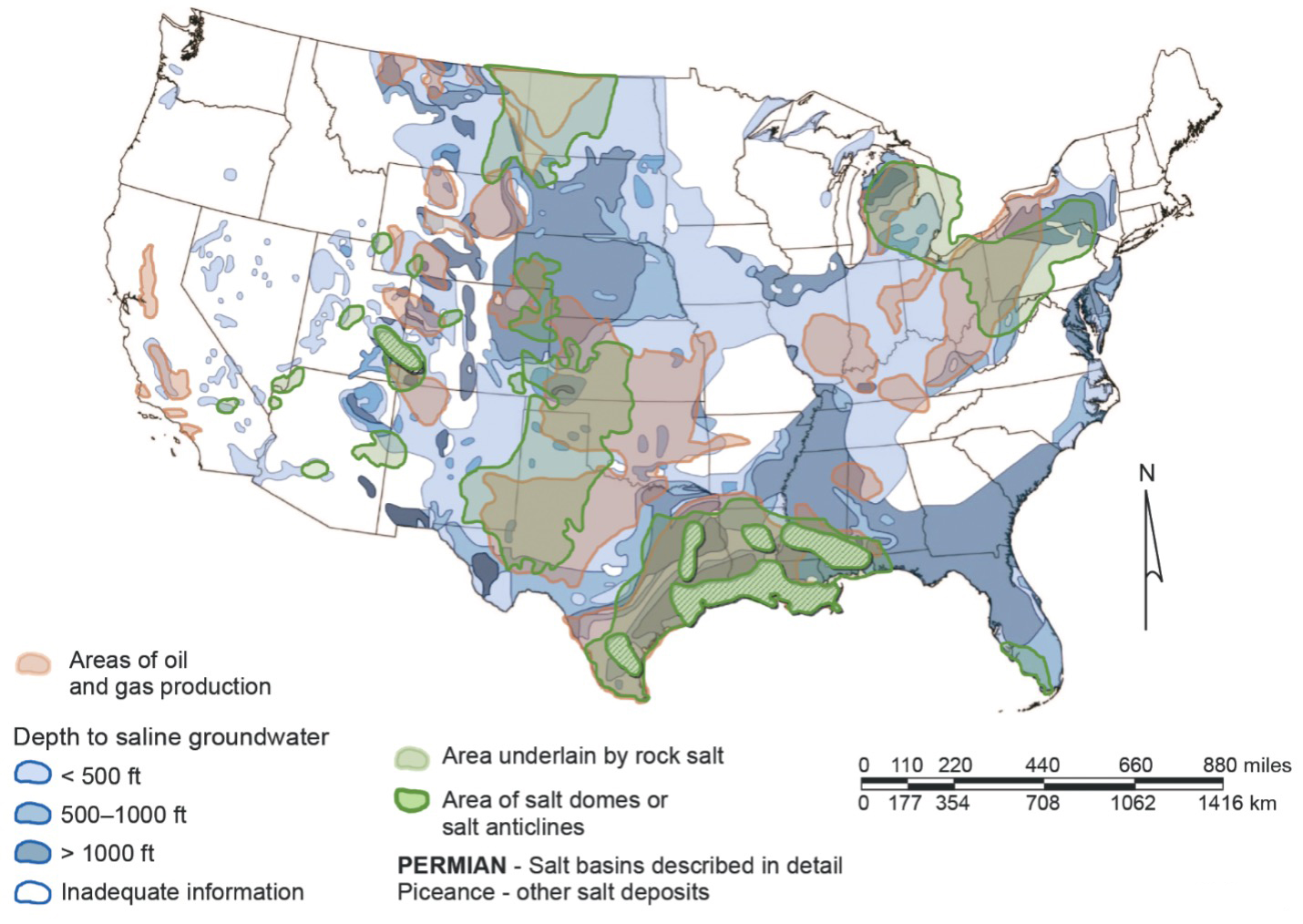Why Geology Matters for a Hydrogen Economy at Scale
Bureau of Economic Geology: Hydrogen Working Group
Mark W. Shuster, Shuvajit Bhattacharya, Ian J. Duncan, Peter Eichhubl, Seyyed A. Hosseini, Farzam Javadpour, Jay P. Kipper, Ning Lin, Jean-Philippe Nicot, Bo Ren
Hydrogen (H₂) offers the potential for a transportable, storable fuel for a low-carbon economy. Hydrogen can be generated through electrolysis using solar, wind, or nuclear power sources without greenhouse gas emissions, or from hydrocarbons such as natural gas using processes such as steam methane reforming or gasification of coal. Because carbon dioxide is released when hydrogen is generated from hydrocarbons, carbon capture and storage would be required to reduce greenhouse gas emissions. Hydrogen can also be generated from in situ combustion (ISC) of hydrocarbons as well as from underground coal gasification (UCG) under controlled conditions. We see an opportunity to investigate the potential of ISC for the primary purpose of hydrogen generation in porous media. The benefit of generating hydrogen from the subsurface is that it would provide a direct source of hydrogen utilizing thermal energy from combustion of hydrocarbons in place.
Regardless of the source of hydrogen, its envisioned use as an energy carrier at urban, regional, or national scale will require the development of a robust supply network integrating storage, transportation, and distribution infrastructure. Today, hydrogen is used primarily as a feedstock for chemical manufacturing and processing. Hydrogen is an effective energy carrier that can be stored indefinitely for long-term use, transported as a gas or supercooled liquid, or converted to solid (e.g., ammonia) or liquid (e.g., methanol) compounds. Hydrogen as a gas offers the simplest energy carrier and storage option. It can be used directly for energy generation through combustion or fuel cells or as feedstock for industrial manufacturing of hydrogen-based solid and liquid compounds. However, because of hydrogen's relatively low energy density by volume, about one-third of the energy per unit volume of natural gas, hydrogen storage and transportation are critical for large-scale utilization. In the United States, an extensive natural gas pipeline network provides an excellent starting point for hydrogen transportation and distribution.
Large-scale, geological storage will need to be developed for hydrogen to allow for supply beyond current industrial usage. On the basis of multiple decades of experience in natural gas storage in the United States, geological storage of hydrogen in salt (dissolution) caverns, depleted oil and gas fields, and saline aquifers affords the potential for large-volume storage capacity of hydrogen gas (fig. 1). Porous media, specifically sandstone and carbonate reservoirs, offer much larger volume capacity opportunities for gas storage with broad geographic coverage and are used extensively for natural gas storage. They fall into two broad categories: (1) depleted oil and gas reservoirs, with proven storage volume, flow properties, and top seal capacity; and (2) saline aquifers, with abundant potential locations but unproven gas trapping and recovery characteristics. Although both depleted fields and saline aquifers are used for natural gas storage, they have not been tested for hydrogen gas storage. The combination of storage in salt domes, depleted fields, and saline aquifers would provide large-scale storage options for hydrogen across much of the United States (fig. 2).

Figure 1

Figure 2
Scaling up the hydrogen sector requires a dedicated and developed transportation and storage infrastructure system. We recognize two gaps in our understanding of hydrogen’s economic potential as part of the energy system. First, while it is important to drill deep on technology solutions and applications to resolve technical challenges, technical and foundational research only provides essential building blocks. It is paramount to develop a system-level understanding to inform options for the fast-emerging value chain. Technology options for hydrogen supply, demand, transportation, and storage need to be considered as a portfolio of solutions. Second, the hydrogen value chain cannot be considered a stand-alone system; instead, it requires connecting and interacting with the existing system, including natural gas, renewables, and downstream markets. In the current state, there is no market study or modeling system that has the ready capability to assess and analyze the interaction between hydrogen and the natural gas value chain, including power utilities as a traditional downstream segment.
Whether considering subsurface options for hydrogen storage or investigating the potential for in situ generation of hydrogen from oil or gas fields, subsurface geological characterization and modeling are paramount. The Bureau of Economic Geology at the University of Texas is extremely well positioned with subsurface data access, numerical modeling capability, and laboratories to investigate interactions of rock and hydrogen in the subsurface, model hydrogen storage and supply economics, and investigate ISC processes to evaluate in situ hydrogen generation. We see an exciting opportunity to bring together researchers in geology, numerical modeling, chemical engineering, petroleum engineering, and materials science to generate integrated and innovative approaches for unlocking hydrogen as part of a low-emissions future.